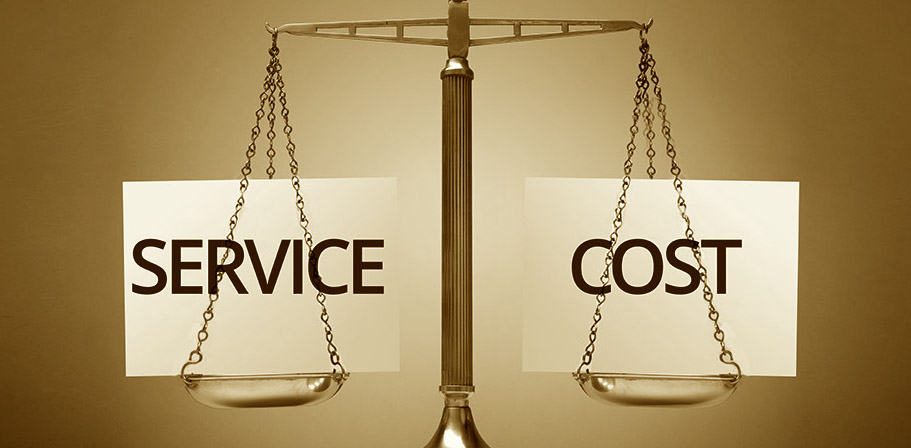


Need to revitalize your TMS? Here’s a quick and easy tip!
If you are in transportation you are probably familiar with a transportation management system, also called a TMS. Serving as the logistics central hub, the TMS helps shippers plan, execute and optimize the movement of goods with the goals of improving supply chain efficiency while strengthening customer service and compliance. While a TMS offers numerous benefits, as with any software platform, once launched there are often oversights, gaps, and missed opportunities. Many shippers believe they are stuck with what they have because there is a preconceived notion that it is difficult to modify or upgrade your TMS without consuming more resources or disrupting day-to-day business. This is simply not true. TMS Software Plugin Upgrades TMS Without Disrupting Business Software plugins can quickly and easily enhance the performance of existing software systems by adding new features and functions not available, or not required when implemented. For logistics specifically,a new innovative TMS plugin has helped transportation teams easily advance the freight procurement process by providing access to thousands of complaint carriers in seconds using AI/ML algorithms. Shippers have stated that many TMS platforms do not provide advanced freight procurement solutions, which results in shippers spending hours finding and vetting compliant carriers. They also spend time manually tracking shipments and then dealing with carrier invoicing and billing. All of these time-consuming tasks can now be automated using technological advancements. To read "Maximize Your TMS Investment" and learn more about this topic, click here.
Why Transportation Teams Are Setup to Fail
Plans are just that… plans. They are never set in stone and oftentimes fall apart. The world’s best planners spend as much time- if not more- developing a strong contingency plan for when the original plan falls apart to avoid disruption. The same goes for logistics and transportation teams. The routing guide is a plan, and when executed flawlessly contracted carrier obligations are met and all loads are covered. Now imagine if flawless execution happened every time... we can dream, right? Unfortunately, we know the routing guide will fall apart. So what can shippers do today, to prepare for tomorrow? Traditional Way to Secure Spot Coverage Transportation teams are on the hook to deliver goods on time so customers remain happy while paying a fair truckload cost so expenses can be managed. Unfortunately, traditional freight procurement processes to secure spot coverage force shippers to prioritize either cost or services- not both! “Loads need to move, that’s a fact. When transportation teams are forced to prioritize cost or service they can't succeed,” said George Belle, Head of Sales Engineering at Sleek Technologies. "Both cost and service need to be taken into consideration." In the traditional freight procurement process, after a load passes contractual obligations, shippers have 2 methods to secure spot coverage: Waterfall: focused on cost, shippers connect with carriers sequentially one by one. If the carrier refuses the offer, they move on to the next in line. This process can take many hours. Broadcast: focused on time, shippers connect with all carriers at the same time. Whoever accepts the offer first, wins. The Spot Safety Net AI-powered software has advanced...
